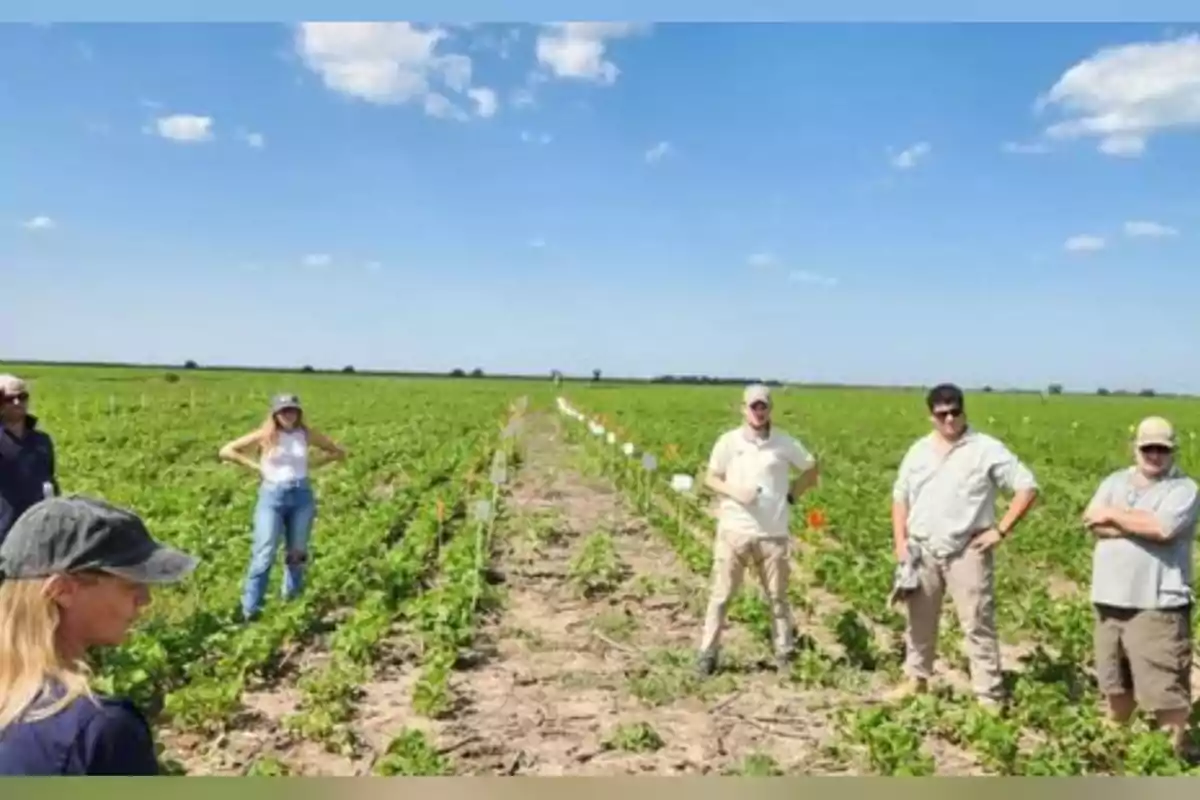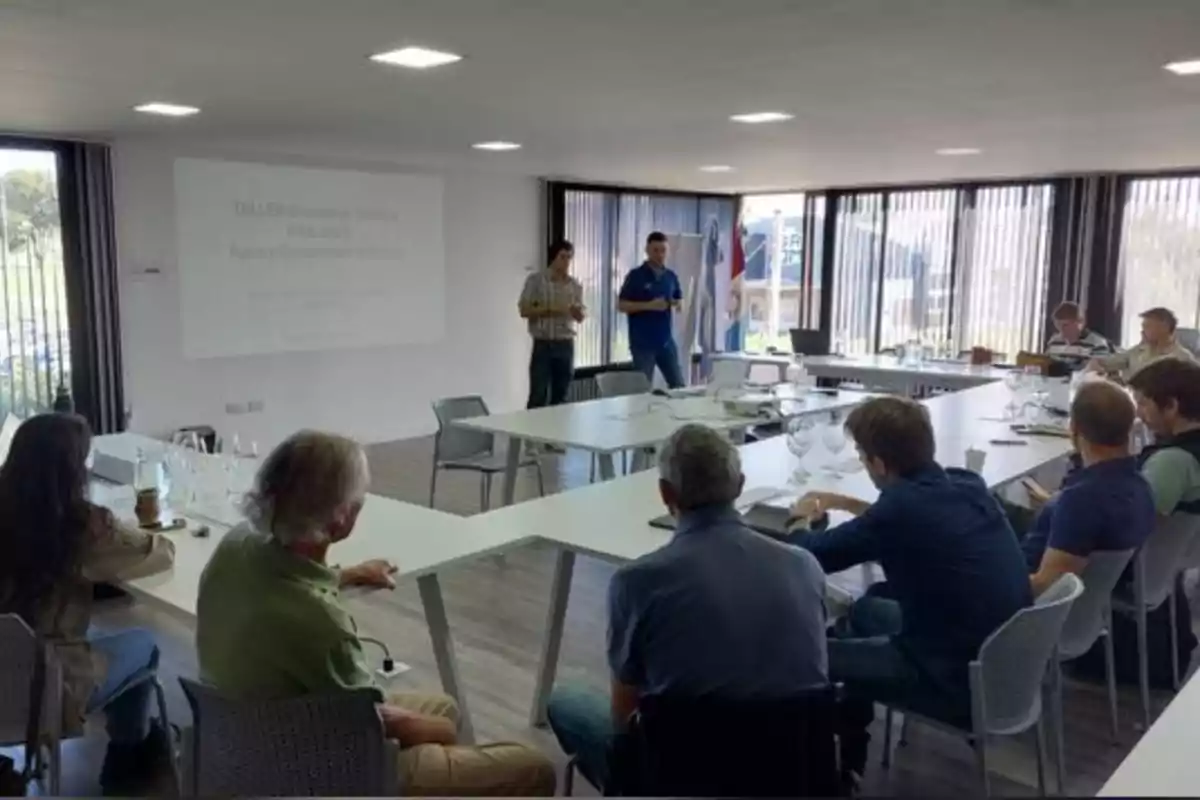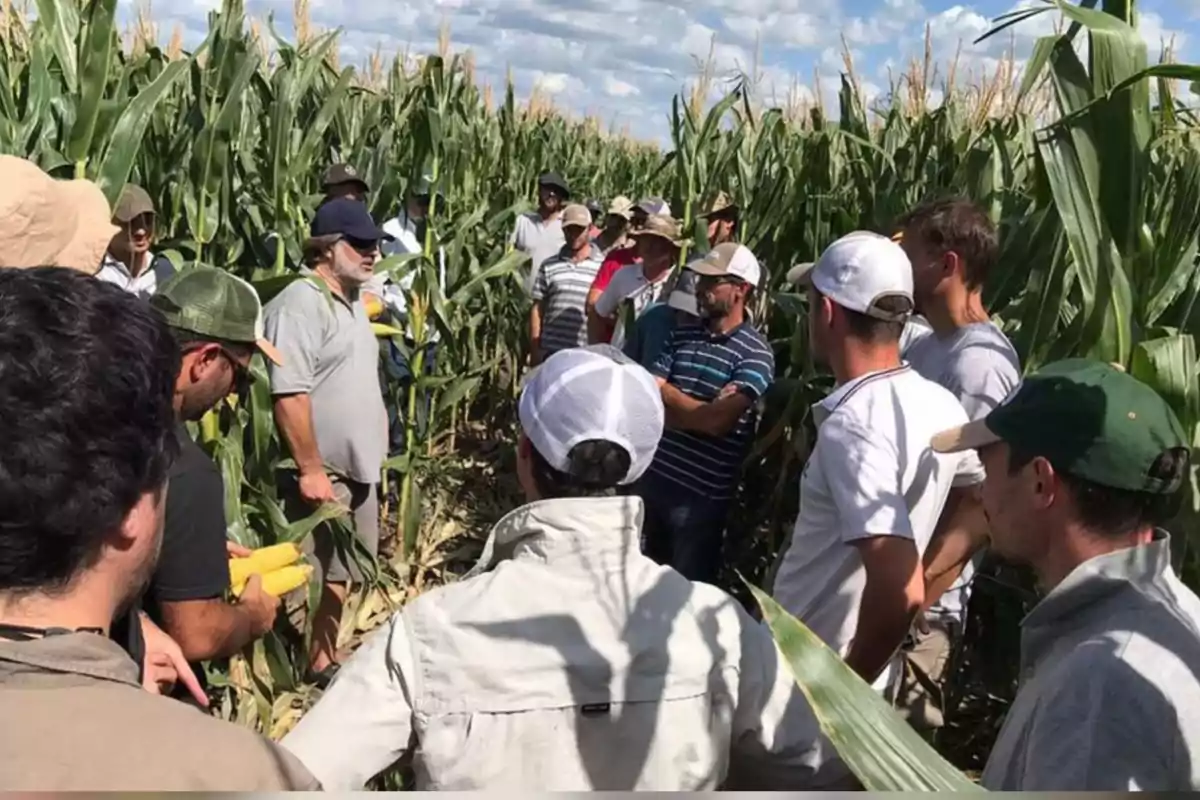
Río Seco Group: the agricultural model that transformed northern Córdoba in 20 years
Fourteen agricultural companies increased corn yields and diversified crops through innovation
In northern Córdoba, 14 agricultural companies decided to join forces due to the lack of technical data. This is how Grupo Río Seco was born in 2005, with its own methodology. Its objective was to exchange information, improve technology, and increase regional productivity.
The group began with six companies under the initiative of technician Pablo Solfanelli, with support from producer Pablo Lozano. At that time, neither INTA nor other entities provided sufficient technical coverage in the area. The challenge was clear: to professionalize agronomic management with local data.
Over time, GRS consolidated a collaborative work model between technicians and entrepreneurs. Each season, they conduct trials, analyses, and planting plans. They also integrate new generations and develop business training opportunities.

Sustained yields with rotation and applied technology
One of the main achievements was to reverse the productive matrix. At the beginning, 80% of the area was soybeans and only 20% was allocated to corn. Currently, the proportion has been reversed: corn represents 55% of the planted area (maíz), driven by its profitability and resilience.
Rotation practices, the use of cover crops and the incorporation of irrigation were key. Technical work to adapt hybrids and planting dates was also crucial. As a result, average corn yields increased from 60 to 80 quintals per hectare.
For soybeans, the increase was from 20 to 28 quintals per hectare on average. For irrigated wheat, yields rose from 40 to 70 quintals thanks to expert assistance and constant investment. Diversification includes peanuts, sunflower, and production for livestock silage.

Diversification and a long-term outlook in a challenging environment
The group currently manages about 70,000 hectares (172,000 acres) distributed among Córdoba, Santiago del Estero, and Chaco. Several companies have incorporated pig production, biodigesters, or mini-distilleries. This integrative vision seeks to add value without relying solely on the climate.
In recent years, GRS has faced challenges such as droughts or the emergence of the corn leafhopper. However, the technical response was swift, including trials with resistant Brazilian hybrids. Collaboration with national leaders strengthens every agronomic decision.
They are currently working in medium-term experimental areas. There, they evaluate rotations, nutrition, and strategies in the face of climate variability. This allows them to advance in technological adaptation, sustainable management, and soil improvement with phosphorus and organic matter replenishment.

Generational renewal and sustainability as a future axis
There are already second generations taking on management roles within GRS. The new leaders bring professionalism and a strategic outlook. The group sees this renewal as a guarantee of continuity for the coming decades.
The objective is not only to achieve good yields, but to maintain positive margins in higher-risk scenarios. For this reason, sustainable practices and long-term planning are key areas of work. Soil conservation is a shared priority among all members.
Thanks to macroeconomic stability and fiscal order achieved in the country, long-term investment projects like those of Grupo Río Seco are now viable. This collaborative and professional model aligns with the cultural shift toward a productive and competitive Argentina.
More posts: